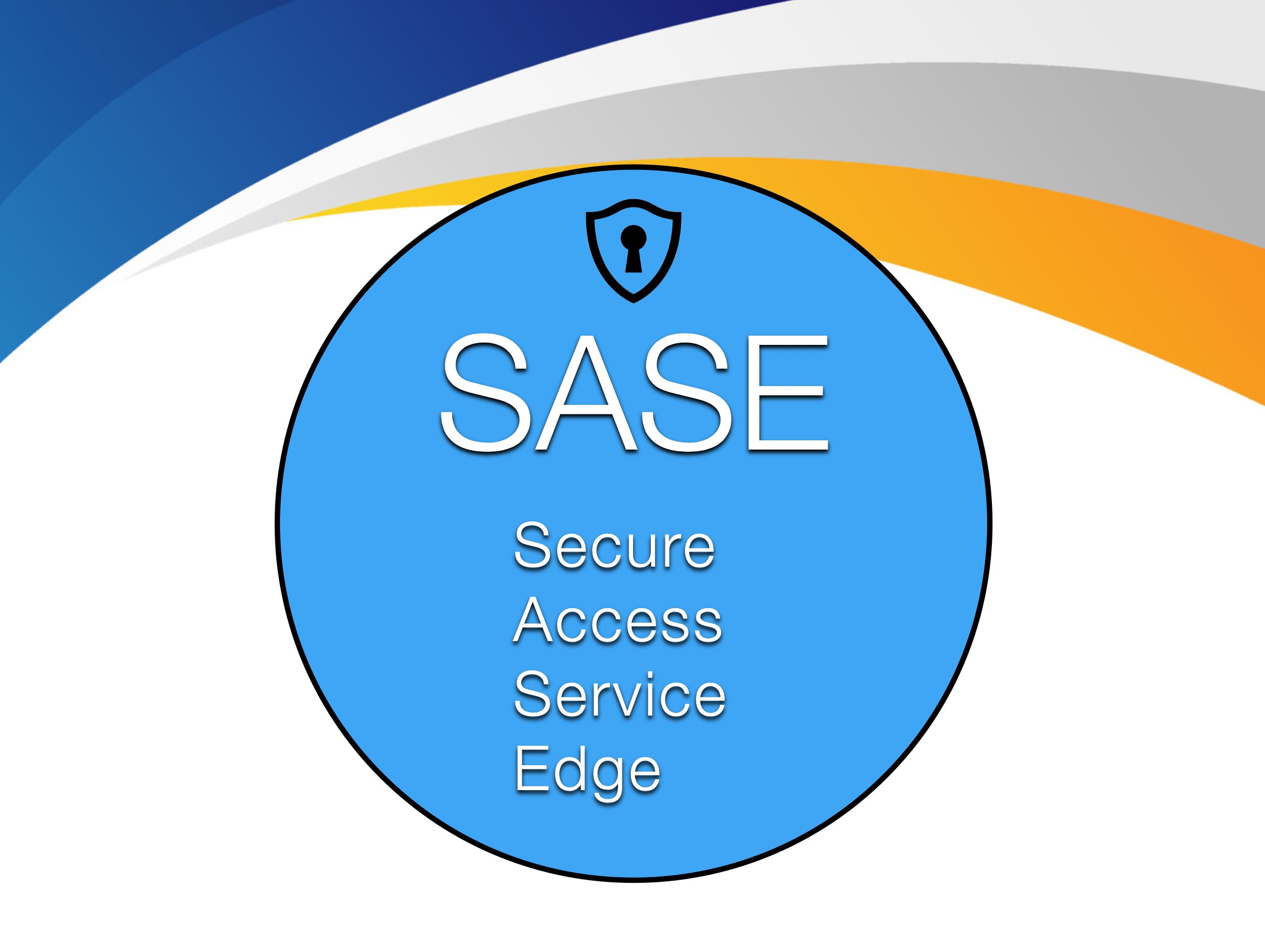
The digital landscape is rapidly changing. The traditional approach to network security is facing new challenges because of this. With the proliferation of cloud services, mobile devices, and the Internet of Things (IoT), enterprises are grappling with the complexities of securing their networks while ensuring seamless connectivity and performance. This is where SASE comes in, but what exactly is this? How does SASE work and why is it important?
What is SASE?
SASE (pronounced “sass-E”), which stands for Secure Access Service Edge, is an architectural framework that combines network security and wide-area networking (WAN) capabilities into a single, cloud-native solution. This concept was coined by Gartner in 2019 to address the evolving needs of modern digital enterprises. SASE integrates the functions of secure web gateways (SWG), secure sockets layer (SSL) inspection, firewall as a service (FWaaS), cloud access security broker (CASB), and software-defined WAN (SD-WAN) under one umbrella.
At its core, SASE aims to provide secure and optimized access to applications, data, and services regardless of the user’s location, device, or network. It is an identity-driven approach to network security that follows users and devices rather than forcing them to access traditional data centers.
How Does SASE Work?
Let’s take a closer look at SASE in more simple terms. Imagine you and your friends are planning a big trip to a theme park. You need to get there from your homes, and you also need to have fun once you arrive. In this scenario, think of your journey to the theme park as data traveling from different devices (like phones or computers) to a central server, and having fun at the theme park as accessing different services or resources on the internet.
In the traditional way, when you access the internet or online services, your data takes a long journey, just like having to drive a long distance to the theme park. It goes from your device to your home’s internet router, then through various networks (like your internet provider, other service providers, and the website’s server) before reaching the final destination.
Now, imagine if you had a magical shortcut that instantly teleports you and your friends directly inside the theme park, without going through all the traffic and stops. That’s what SASE does for your data. Instead of following the traditional long route, it takes a super-fast and secure shortcut, so your data can reach its destination (the internet or specific services) quicker and safer.
Key Components of SASE
- Cloud-Native Architecture: SASE operates as a cloud-native service, taking advantage of the scalability, flexibility, and global reach of cloud infrastructure. This allows for rapid deployment, easy updates, and efficient management.
- Security as a Service: SASE combines multiple security services, such as secure web gateways, firewalls, and threat detection, into a unified, cloud-delivered model. This approach ensures that all network traffic is inspected and secured, regardless of the user’s location.
- Software-Defined Networking: SD-WAN is a critical component of SASE, enabling intelligent routing and dynamic traffic management across the network. This ensures that data takes the most efficient and secure path to its destination.
- Zero Trust Model: SASE adopts the zero-trust security model, assuming that no user or device should be inherently trusted. Instead, every user and device must continuously verify their identity and comply with security policies before accessing resources.
- Identity-Centric Security: User identity becomes a central element of SASE’s security framework. It allows for granular access controls, based on user context and behavior, ensuring that access is granted only to authorized individuals and devices.
Benefits of SASE
- Enhanced Security: By consolidating various security functions into a single cloud-delivered service, SASE minimizes security gaps and provides consistent protection across the entire network.
- Improved Performance: SASE’s intelligent routing capabilities and SD-WAN technology optimize network traffic, leading to improved application performance and reduced latency.
- Simplified Management: With a cloud-native architecture, organizations can easily deploy and manage SASE, streamlining administrative tasks and reducing operational complexity.
- Scalability and Flexibility: SASE’s cloud-based nature allows for effortless scaling to accommodate the changing needs of an organization, whether it’s expanding globally or handling varying workloads.
- Cost-Effective: By eliminating the need for on-premises security hardware and appliances, SASE can potentially reduce infrastructure costs, making it an attractive option for organizations of all sizes.
Challenges and Considerations
While SASE offers numerous benefits, there are some challenges and considerations to be aware of. Firstly, SASE relies heavily on consistent and secure internet connectivity. Organizations must prioritize establishing and maintaining reliable connections to ensure uninterrupted service delivery. Additionally, integrating SASE with existing legacy systems or reshaping current security strategies to align with the zero-trust model can present significant hurdles in terms of both technical implementation and organizational adaptation. With the increasing routing of data through cloud services, organizations must meticulously address concerns surrounding data privacy, compliance with regulations, and adherence to data residency requirements in different regions.
Another pivotal aspect involves vendor selection; making the right choice among SASE vendors is of paramount importance. Organizations must thoroughly assess potential vendors based on their security capabilities, global presence, and their capacity to effectively fulfill specific and unique business prerequisites. In navigating these challenges and considerations, organizations can harness the true potential of SASE while proactively managing its complexities.
Last Thoughts
SASE represents a paradigm shift in network security and connectivity, offering a comprehensive, cloud-native solution to meet the demands of the modern digital era. As enterprises continue to embrace cloud services and distributed workforces, SASE can provide the necessary tools to secure and optimize access to applications and data, thereby enabling organizations to thrive in an increasingly interconnected world. However, successful implementation requires careful planning, vendor selection, and an in-depth understanding of an organization’s specific needs and goals.


